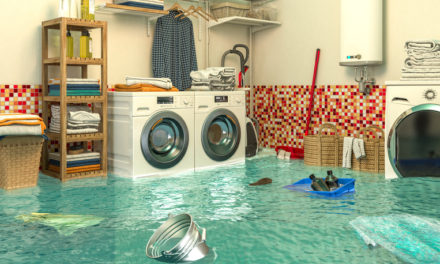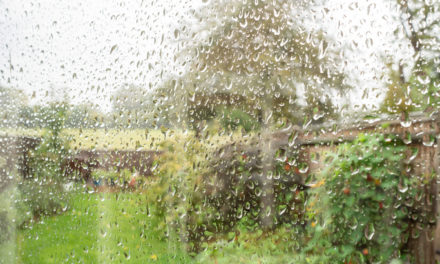Since one in five homeowners have a septic system, whether that’s a septic tank or a cesspool, it is helpful to know the basics of how a septic system works and how to maintain one. Homeowners and business owners with a septic system should know how to identify when a septic system needs to be pumped in order to avoid public health issues. Although pumping a septic tank is an easy task to overlook, hiring a qualified septic contractor is part of responsible home ownership. The contractors at A & L Cesspool are available for you when the time comes to inspect and pump your tank.
How A Septic Tank Works
The job of a septic system is to treat wastewater and most personal septic systems do so just as well as city and municipal buildings. They are often more cost-effective than sewer lines, which is why homeowners and businesses opt for one and septic systems are widely dispersed in both suburban and rural areas. Household wastewater generally includes bathtubs, showers, dishwashers, garbage disposals, sinks, toilet flushing, and washing machines. All this wastewater ends up in a septic system, which is why when this wastewater contains solids, it is so easy for a septic tank to overfill and cause back-up.
Septic tanks are the most popular and up-to-date options for wastewater treatment while cesspools are considered the outdated version of a septic system. In a septic tank, the wastewater flows to a drain field and undergoes a filtration process. The septic tank’s job is too break down a percentage of solids from wastewater, remove a portion of these solids, and store the rest. The storage of solids is why a septic tank needs to be eventually pumped. A cesspool is a pit lined with concrete and does not offer waste filtration, eventually building up until it also needs to be pumped.
When And How To Pump Your Tank
Septic tanks and cesspools usually need to be pumped every 3-5 years and not pumping your tank often results in a public health hazard and expensive repairs. Sewage back-up occurs when the enzymes responsible for breaking down solids become disrupted and therefore, more solids accumulate in the septic tank. This leads to tanks becoming over-filled, odors being released from sink drains and toilets, and slow drainage. It’s possible that solids from an unpumped system can flow directly into the drain field, which results in solid human waste, food waste, and other garbage flushing into the ground as ground water. This may ruin the lawn and cause a nasty odor.
An inspection of your tank should be done every year to determine if there is any damage to your tank and pipes and to see if it’s time for pumping. You can either wait until your septic tank is a public hazard to pump it, which isn’t recommended because it can lead to damage or get an inspection to determine when your tank needs to be pumped. During this inspection, a qualified sewage contractor, such as A & L Cesspool, measure sludge level, make sure the tank size is efficient, and check for leaks and cracks. Once solid levels exceed 25% to 35% of the entire volume of the tank, the contractor will recommend pumping to prevent a health hazard and sewage back up. Getting regular inspections is key to knowing when to pump your tank and to avoid costly repairs.
To schedule service with our expert team, call A & L Cesspool Services at (718) 729-3018.









